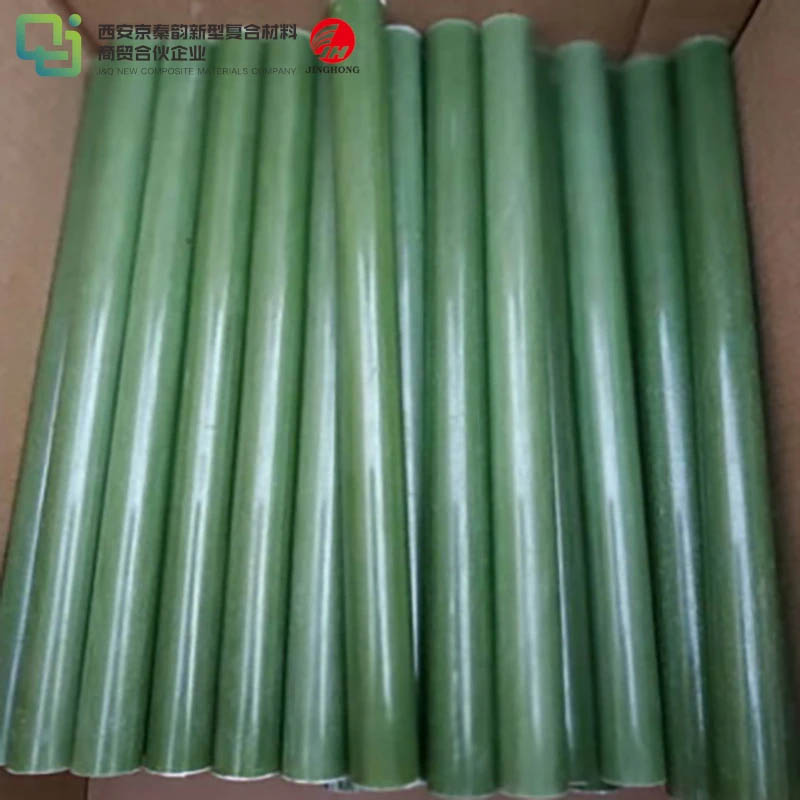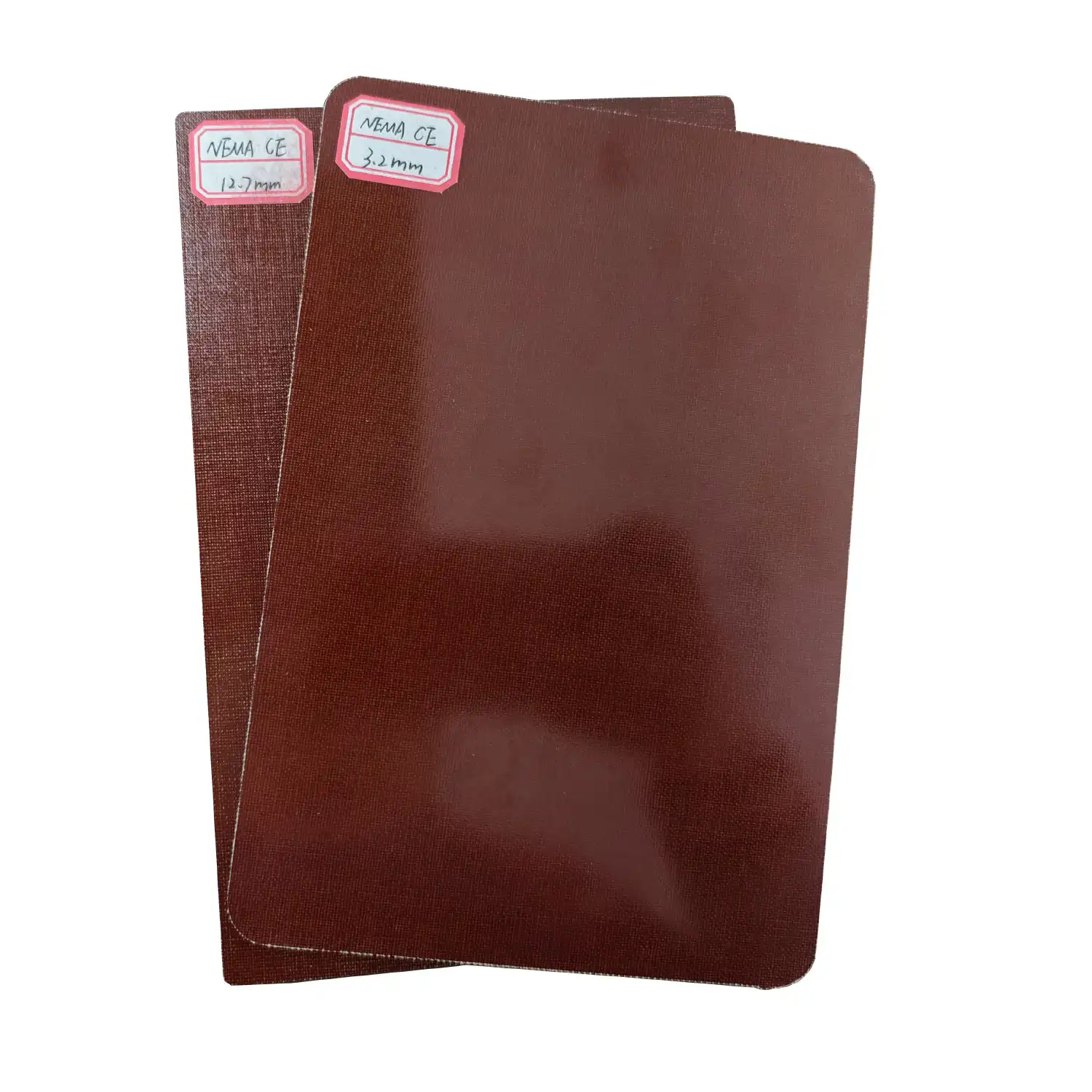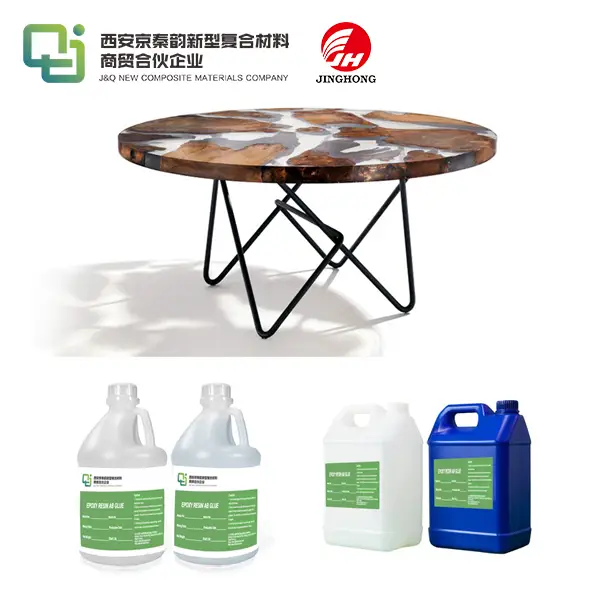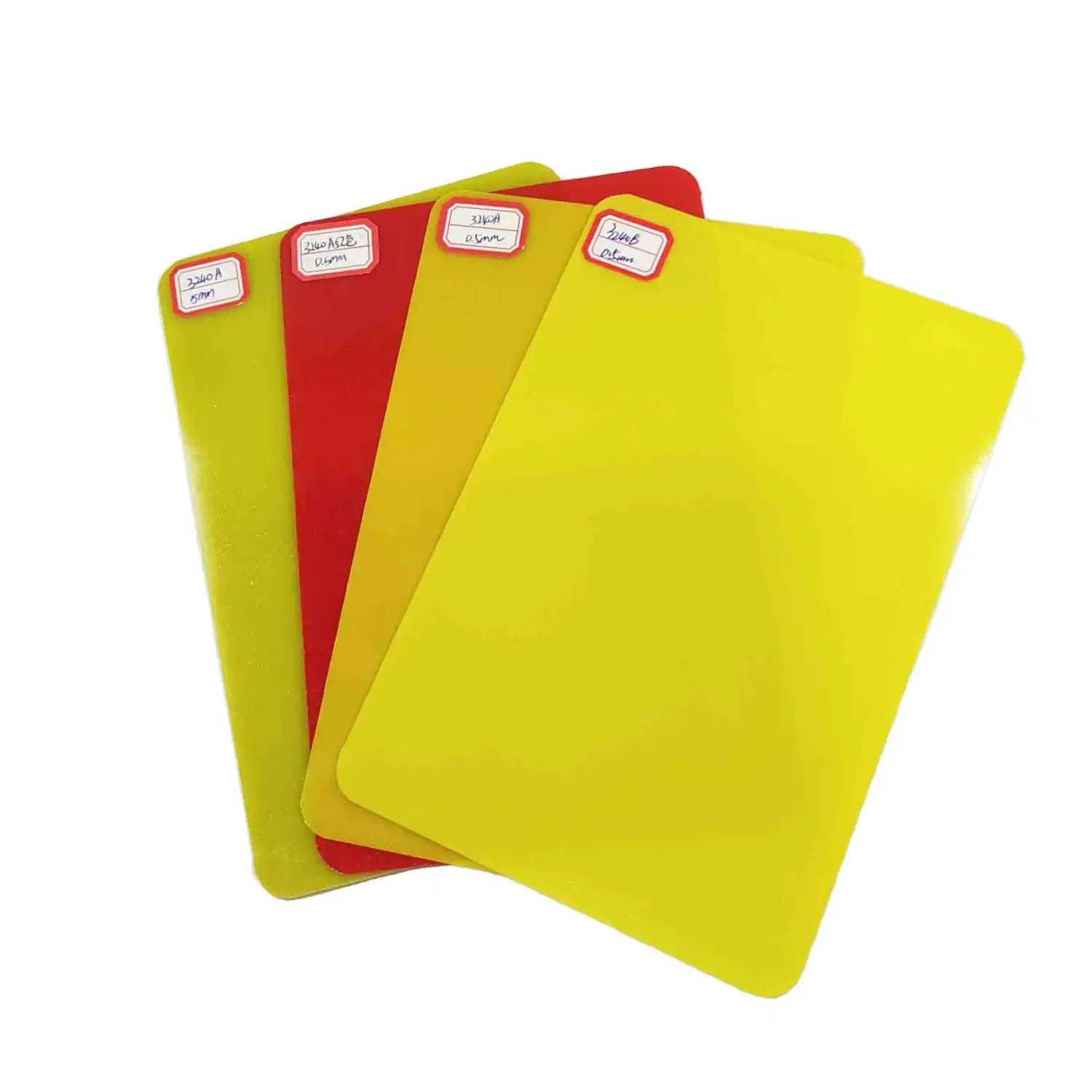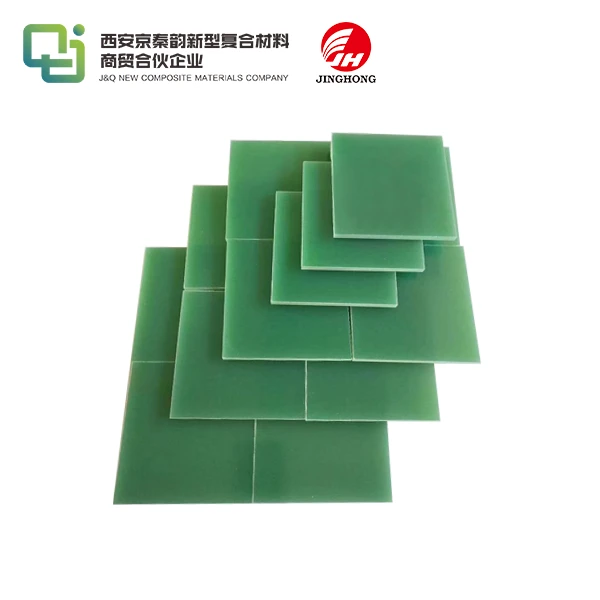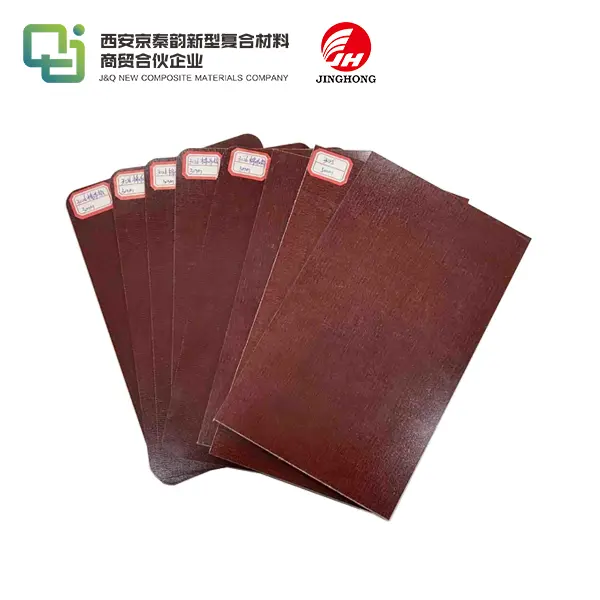How is 3026 Phenolic Laminated Cotton Sheet Manufactured?
2025-04-15 17:13:21
Wondering how a 3026 phenolic laminated cotton sheet is crafted? This remarkable insulating material is produced through a meticulous process that blends cotton fabric with phenolic resin. The journey begins by impregnating fine cotton fabric with phenolic resin, ensuring deep saturation. These impregnated sheets are then stacked in layers to achieve the desired thickness. Next, the layered stack undergoes high-pressure compression in a hydraulic press, coupled with intense heat, to cure the resin and bond the layers into a solid, cohesive sheet. After cooling, the sheet is trimmed, sanded, and inspected for quality, ensuring it meets stringent standards for insulation, durability, and mechanical strength - perfect for global manufacturers seeking reliable materials.
Basics of 3026 Phenolic Laminated Cotton Sheet
What Exactly is a 3026 Phenolic Laminated Cotton Sheet?
A 3026 phenolic laminated cotton sheet is a robust insulating material cherished by manufacturers worldwide for its exceptional electrical and mechanical properties. This composite is crafted by combining layers of cotton fabric with phenolic resin, creating a product that's both durable and versatile. Known by aliases like phenolic cotton fabric laminate sheet, it's a staple in industries requiring high insulation and strength, such as electrical engineering and machinery production. Its global appeal stems from its ability to withstand wear, resist electrical currents, and endure harsh environments, making it indispensable for manufacturers seeking reliable materials.
Why Manufacturers Choose Phenolic Cotton Fabric Laminate Sheet?
Manufacturers across the globe gravitate toward the 3026 phenolic cotton sheet for its unique blend of attributes. Its stellar insulating capabilities make it ideal for electrical applications, while its mechanical fortitude ensures longevity under stress. Unlike synthetic alternatives, this material offers a natural resilience, thanks to its cotton base, paired with the rigidity imparted by phenolic resin. This synergy results in a product that's not only cost-effective but also environmentally considerate, appealing to industries prioritizing sustainability. Its adaptability to various machining processes further cements its status as a preferred choice for intricate manufacturing needs.
Key Applications in Global Manufacturing
The 3026 phenolic laminated cotton sheet finds its niche in a plethora of applications, underscoring its versatility. In the electrical sector, it serves as an insulator in transformers, motors, and switchgear, safeguarding against electrical mishaps. Machinery manufacturers employ it in gears, bearings, and wear pads, leveraging its resistance to abrasion. Its thermal stability also makes it suitable for high-temperature environments, a boon for industries operating in extreme conditions. This widespread utility across diverse sectors highlights why this material is a cornerstone for manufacturers aiming to deliver quality and reliability in their products.
The Manufacturing Process of 3026 Phenolic Cotton Sheet
Preparing the Raw Materials
The creation of a 3026 phenolic laminated cotton sheet kicks off with the careful selection of raw materials. High-quality cotton fabric, often woven to precise specifications, forms the foundation. This fabric is chosen for its ability to absorb phenolic resin uniformly, ensuring consistency in the final product. The phenolic resin, a thermosetting polymer, is prepared in a liquid state, optimized for impregnation. This stage is crucial, as the quality of these materials directly influences the sheet's performance. Manufacturers globally rely on this meticulous preparation to guarantee that the phenolic cotton fabric laminate sheet meets rigorous standards for insulation and durability.
Impregnation and Layering Techniques
Once the raw materials are ready, the cotton fabric undergoes impregnation, a process where it's thoroughly soaked in phenolic resin. This saturation ensures that each fiber is coated, enhancing the sheet's cohesive strength. The impregnated fabric is then cut into sheets and stacked in layers, with the number of layers dictating the sheet's thickness. Precision is paramount here, as uniform layering prevents defects like delamination. This step is where the 3026 phenolic cotton sheet begins to take shape, embodying the resilience and insulating prowess that manufacturers worldwide seek in their insulating materials.
Curing and Finishing for Quality Assurance
The layered stack is then subjected to a transformative process under high pressure and heat in a hydraulic press. This curing phase solidifies the phenolic resin, bonding the cotton layers into a monolithic structure. The heat triggers a chemical reaction, hardening the resin, while pressure ensures a dense, void-free sheet. After cooling, the sheet is meticulously trimmed, sanded, and inspected. This finishing stage is vital, as it ensures the 3026 phenolic laminated cotton sheet meets exacting standards for smoothness, thickness, and performance, ready to serve global manufacturers in their quest for superior insulating solutions.
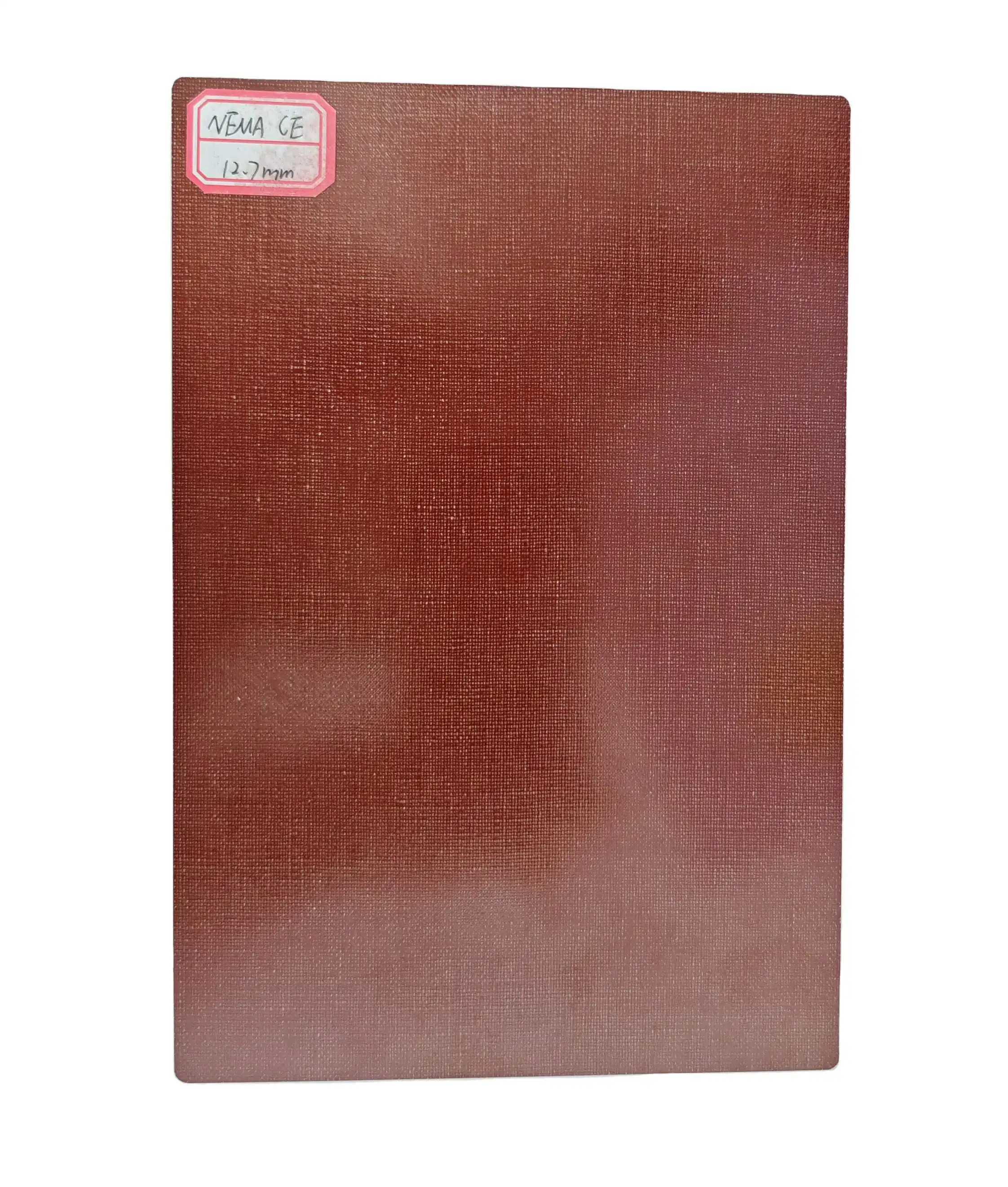
Benefits and Considerations for Using 3026 Phenolic Laminated Cotton Sheet
Advantages for Industrial Applications
The 3026 phenolic laminated cotton sheet offers a cornucopia of benefits, making it a darling among manufacturers. Its electrical insulation properties are unparalleled, safeguarding equipment from short circuits and breakdowns. Mechanically, it boasts impressive tensile strength and wear resistance, ideal for components enduring constant friction. Its thermal stability allows it to thrive in environments where temperatures soar, a feature prized in heavy-duty machinery. Additionally, its machinability enables manufacturers to craft precise parts, enhancing efficiency in production lines. These attributes collectively make the phenolic cotton fabric laminate sheet a linchpin in industrial innovation.
Environmental and Sustainability Factors
In an era where sustainability is paramount, the 3026 phenolic cotton sheet shines as an eco-conscious choice. The cotton component, derived from natural fibers, reduces reliance on synthetic materials, aligning with green manufacturing practices. While phenolic resin is synthetic, advancements in resin formulation have minimized environmental impact, with some variants offering lower emissions during production. Manufacturers globally appreciate this balance, as it allows them to meet regulatory standards while delivering high-performance products. This eco-friendly edge positions the sheet as a forward-thinking solution in the insulating materials market.
Tips for Selecting the Right Phenolic Cotton Fabric Laminate Sheet
Choosing the right 3026 phenolic laminated cotton sheet requires a discerning eye. Manufacturers should consider the specific demands of their application - be it electrical insulation, mechanical strength, or thermal resistance - and select a sheet grade that aligns with these needs. Thickness is another critical factor, as it influences both performance and cost. Partnering with a supplier boasting extensive experience, like one with over two decades in insulating sheet production, ensures access to premium quality and expert guidance. Evaluating the supplier's global trade expertise can also guarantee seamless procurement, especially for international operations.
Conclusion
The 3026 phenolic laminated cotton sheet stands as a testament to the ingenuity of modern manufacturing, blending natural cotton with phenolic resin to create a material that's both robust and versatile. Its meticulous production process ensures it meets the exacting needs of global manufacturers, offering unparalleled insulation, durability, and adaptability. By understanding its creation, applications, and benefits, industries can harness its potential to elevate their products. This material's eco-conscious attributes further enhance its appeal, making it a cornerstone for sustainable innovation.
Contact Us
For more information about our 3026 phenolic laminated cotton sheet and other insulating materials, please don't hesitate to contact us at info@jhd-material.com. Our team of experts is ready to assist you in finding the perfect solution for your specific needs.
References
1. Smith, J. A. (2019). Composite Materials in Electrical Insulation: A Global Perspective. New York: Industrial Press.
2. Patel, R. K. (2020). Phenolic Resins and Their Applications in Laminates. London: Materials Science Publications.
3. Nguyen, T. H. (2018). Advanced Manufacturing Techniques for Insulating Sheets. Singapore: Tech Innovations Press.
4. Kumar, S. (2021). Sustainable Practices in Composite Material Production. Berlin: Green Tech Books.
5. Lopez, M. E. (2017). Mechanical Properties of Laminated Cotton Composites. Chicago: Engineering Insights Publishing.
6. Zhang, L. (2022). Global Trends in Insulating Material Applications. Tokyo: Industrial Materials Review.

